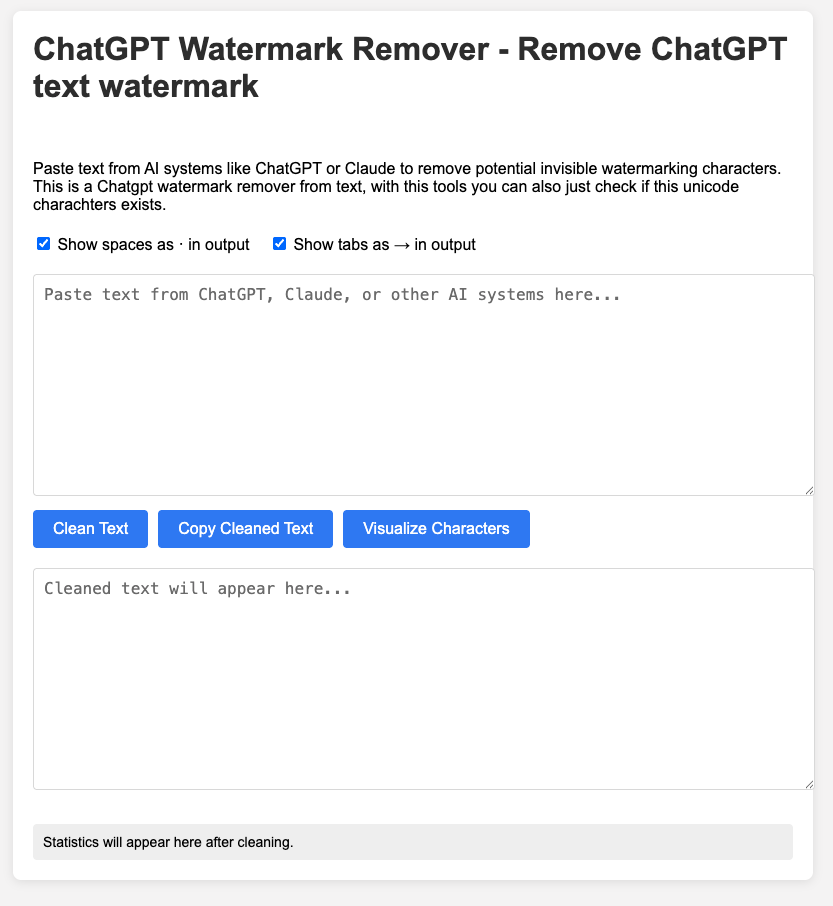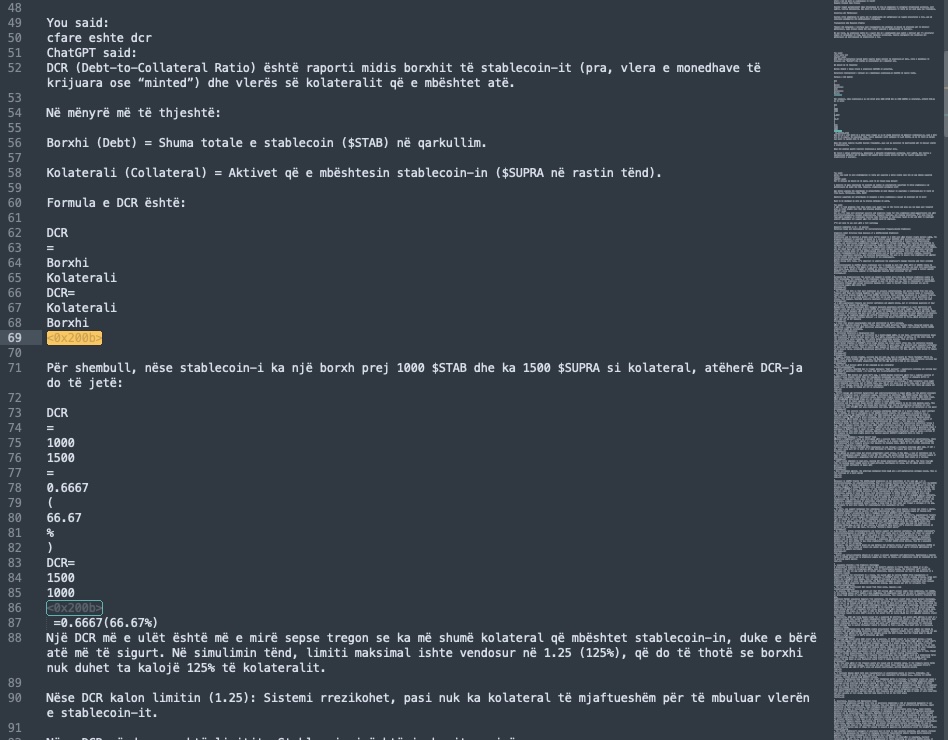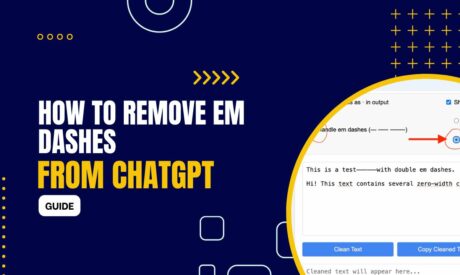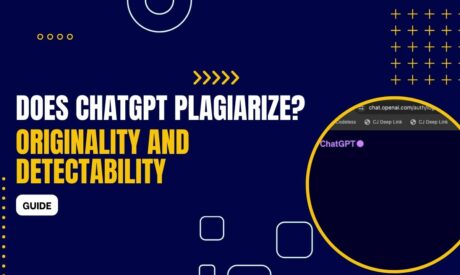Lets explore on to remove ChatGPT Watermarks and detect it.
Recent developments have unveiled that newer ChatGPT models, such as GPT-o3 and GPT-o4 mini, embed subtle markers within their generated text.
These markers, often undetectable to the naked eye, are special Unicode characters like the Narrow No-Break Space (NNBSP, Unicode U+202F).
While they appear as regular spaces, they serve as identifiers for AI-generated content. This practice, though not officially confirmed by OpenAI, has been observed in outputs from these models. In case you are looking for an AI Humanizer check out my article: Best AI Humanizer
Understanding the ChatGPT Text Watermarks
The embedded markers are invisible characters that don't alter the visual appearance of the text but can be detected using specialized tools.
For instance, when pasted into Microsoft Word and the “Show/Hide ¶” feature is activated (Ctrl+Shift+8), these markers may appear as small circles or other symbols.
Similarly, code editors like Sublime Text can reveal these characters, allowing users to identify and address them .
Methods to Remove ChatGPT Watermarks
To ensure your text is free from these subtle markers, consider the following methods:
1. Utilizing GPTWatermark.com

GPTWatermark.com is an online tool designed to cleanse text of hidden markers:
Access the Website: Navigate to GPTWatermark.com.
Paste Your Text: Input the AI-generated content into the provided text box.
Initiate the Cleaning Process: Click on the ‘Clean Text' button to remove any embedded markers.
Retrieve the Cleaned Text: Once processed, copy the purified text for your use.
This method is straightforward and doesn't require any software installation, making it accessible for users seeking a quick solution. In this way you can remove ChatGPT text watermark.
2. Employing Sublime Text for Manual Removal
For those who prefer a hands-on approach, Sublime Text offers a method to manually identify and eliminate hidden markers:
Install Sublime Text: If not already installed, download and install Sublime Text.
Open Your Text: Launch Sublime Text and paste the AI-generated content into a new file.
Reveal Hidden Characters: Use the ‘Find' feature (Ctrl+F) to search for specific Unicode characters, such as \u202F.
Replace with Standard Spaces: Once identified, replace these characters with regular spaces or remove them entirely.
Save the Cleaned Text: After ensuring all markers are addressed, save your text for use.

This method provides a deeper understanding of the embedded markers and offers precise control over the cleaning process.
Does ChatGPT Leave a Watermarks?
Yes, recent developments suggest that some versions of ChatGPT may now include subtle digital markers—often referred to as invisible watermarks—in the text they generate. These markers aren't visible to readers but can be detected using specialized tools, helping to identify AI-produced content.
While OpenAI previously paused broader watermarking efforts due to technical limitations and concerns about misuse, newer models like GPT-4 mini appear to be testing embedded patterns in specific use cases. This means AI-generated content might carry a hidden trace, especially in contexts where content authenticity is important.
Though not yet universally applied, these quiet changes point toward a cautious rollout of watermarking features across ChatGPT, especially as demand for content traceability continues to rise.
Final Thoughts
As AI-generated content becomes increasingly prevalent, awareness of these hidden markers is essential. Whether for academic, professional, or personal use, ensuring your text is free from unintended identifiers maintains the integrity and authenticity of your work.
By utilizing tools like GPTWatermark.com or engaging in manual cleaning through Sublime Text, you can confidently present your content without hidden traces of AI generation.
As one of the co-founders of Codeless, I bring to the table expertise in developing WordPress and web applications, as well as a track record of effectively managing hosting and servers. My passion for acquiring knowledge and my enthusiasm for constructing and testing novel technologies drive me to constantly innovate and improve.
Expertise:
Web Development,
Web Design,
Linux System Administration,
SEO
Experience:
15 years of experience in Web Development by developing and designing some of the most popular WordPress Themes like Specular, Tower, and Folie.
Education:
I have a degree in Engineering Physics and MSC in Material Science and Opto Electronics.









Comments